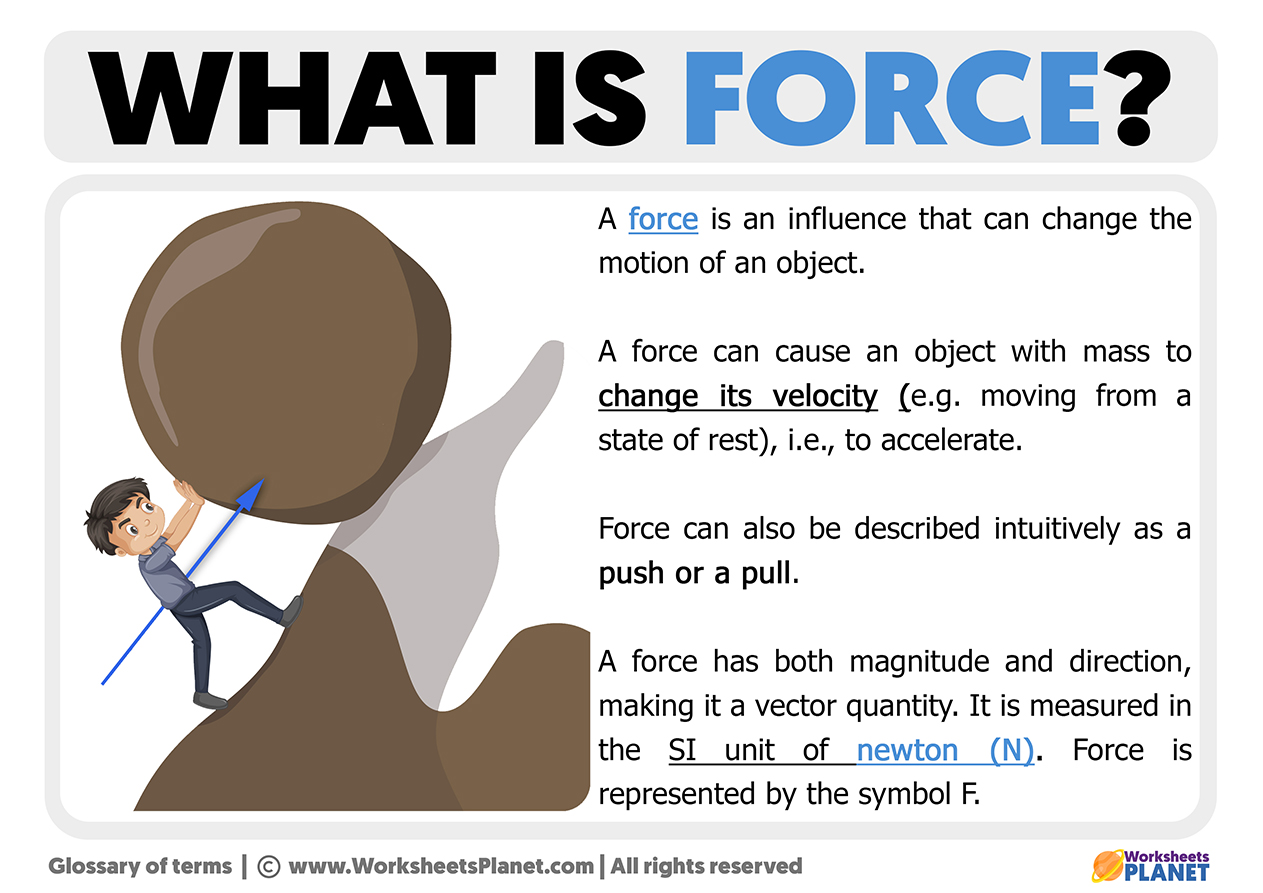Although talking about force is quite common in many areas of daily life, it is not always done according to its true meaning. So let’s start by defining this concept. We call force any cause (action, effort, or influence) that can alter the state of motion or rest of any object or deform it.

Force is a physical magnitude that is represented by vectors. The vectorial representation presents us with a symbolic image of the forces, indicating a point of application, a direction of the force, a sense, and a value, given by the length of the segment that represents it, called the module.
Using vectors to represent the forces allows the graphical study of the states of the forces in the structures, a field called graphostatics.
Types of forces
Forces are present in all activities and elements. We can classify them according to different criteria:
Depending on the duration
- Fixed or permanent forces: These forces are always present in the structure, and the structure will have to support them at all times. For example, the weight of a building, body, or a trunk.
- Variable or intermittent forces: They can appear or disappear depending on conditions external to the structure. For example, the action of the wind and snow.
Depending on how they act.
- Static forces: The variation of the intensity, place, or direction in which the force acts does not change or change very little in short periods. For example, the weight of a building or snow.
- Dynamic forces: The forces acting on the structure abruptly change its value, place of application, or direction. For example, earthquakes, sudden impacts, phases in the work of machines.

